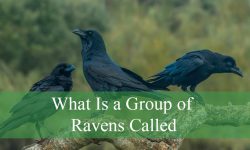There are many distinct kinds of spiders in Arkansas, just like there are everywhere else on earth. Even though the majority pose no threat to people or animals, encountering any species of spider while visiting or residing in Arkansas can nevertheless be somewhat unexpected.
Spiders in Arkansas form a fascinating tapestry of biodiversity within the state’s diverse ecosystems. From the secluded forests of the Ozark Mountains to the humid swamps of the Delta region, a myriad of spider species call Arkansas home. Among them, the iconic black widow and brown recluse stand out, known for their potent venom and often unwelcome presence in human habitats.
However, these arachnids are just a small part of Arkansas’s spider community, which includes a rich variety of orb-weavers, wolf spiders, jumping spiders, and more. These are some spiders that can be found in Arkansas.
Different Types of Spiders in Arkansas
Brown Recluse Spider
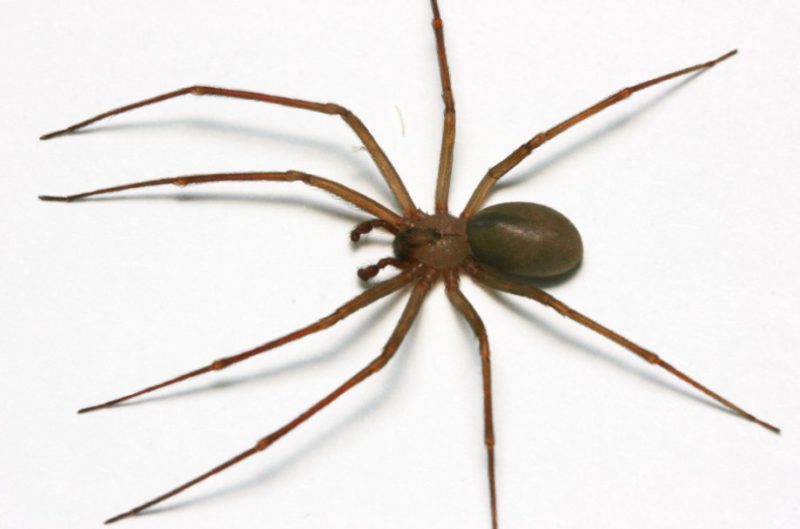
The Brown Recluse Spider, scientifically known as Loxosceles reclusa, is a venomous arachnid native to the United States, including Arkansas. Measuring about ¼ to ½ inch in body length, it is identifiable by its light to medium brown color and violin-shaped marking on its cephalothorax.
This shy spider prefers dark, undisturbed areas like closets, basements, and woodpiles. Though its bite can cause necrotic wounds in severe cases, encounters are rare due to its reclusive nature.
Black Widow Spider
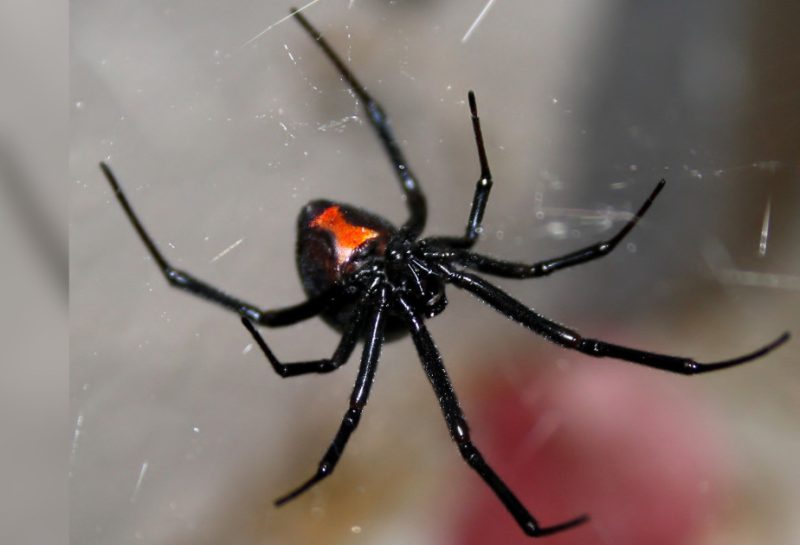
The Black Widow Spider, scientifically known as Latrodectus mactans, is a venomous arachnid found in Arkansas and throughout North America. It is recognized by its shiny black body with a distinctive red hourglass marking on the underside of the abdomen. Adult females, which are larger than males, typically measure around 1.5 inches in length.
They inhabit dark, secluded areas like woodpiles, sheds, and outdoor structures. While their venom is potent, bites are uncommon, as black widows usually only bite when threatened.
Banded Garden Spider
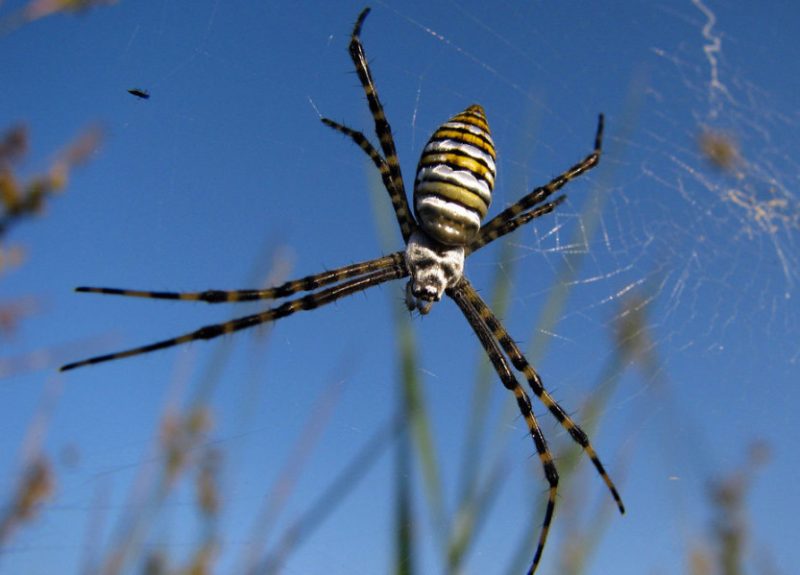
The Banded Garden Spider, scientifically named Argiope trifasciata, belongs to the orb weaver family, recognized for their expansive webs that can span up to 60cm in diameter. Typically positioned between bushes and stems, the female assumes a distinctive upside-down posture at the center of her web, arranging her legs in pairs to form a cross shape.
Males, smaller in size compared to females, construct smaller webs nearby. Both genders rely on their webs to catch prey, which can include wasps among other insects.
Adanson’s House Jumper

Females of the Adanson’s house jumper, formally known as Hasarius adansoni, can grow up to 8 mm in length, while males can reach 6 mm. This species is common in Hawaii. The males have a striking black color with a red mask and partially white pedipalps, along with two little dots at the back and a white crescent on the belly. Usually dark brown, females are a little bigger.
These are nocturnal web-builders that use ambush strategies to grab prey and avoid predators. They have remarkable jumping abilities.
Common Web-Spider
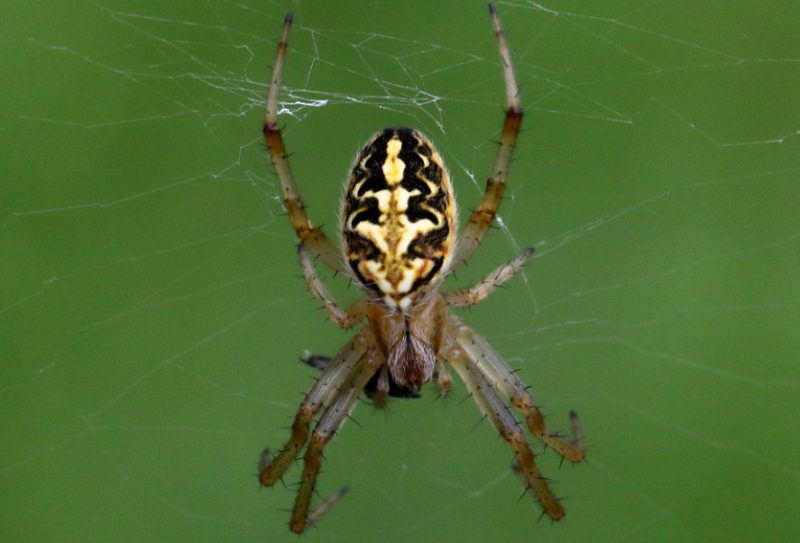
Neoscona theisi, the scientific name for the Common Web-Spider, belongs to the Araneidae family and can grow up to 0.43 inches (11mm) in length. Males can be distinguished from females by their reduced size of 0.35 inches (9mm). They weave webs that are spherical or globular, with the spider at the middle.
Their coloring can vary from light yellow to reddish-brown, and their abdomen frequently has a pattern with a lighter center and darker edges. They also have pale legs with darker areas where the joints meet.
Cosmopolitan Jumping Spider
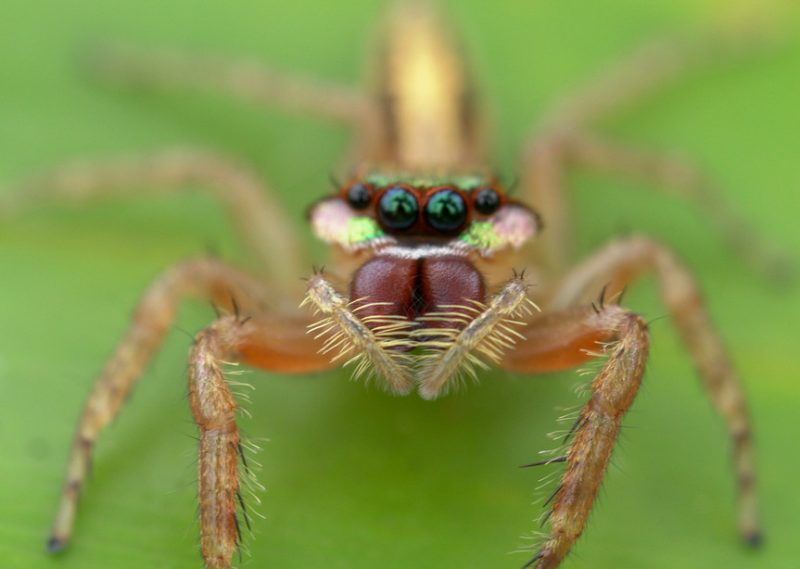
Known by its formal name Ascyltus pterygodes, the Cosmopolitan Jumping Spider belongs to the Ascyltus genus and is distinguished by its enormous size and unidentified population density. They are notable for having forward-distended chelicerae in conspicuous cheek regions and iridescent scales on the carapace. With three rows of eyes, they have excellent vision.
Similar to other species of jumping spiders, the cosmopolitan jumping spider is safe for people to handle and usually only bites in response to provocation, causing a localized stinging sensation similar to that of a wasp or bee.
Hawaiian Happyface Spider
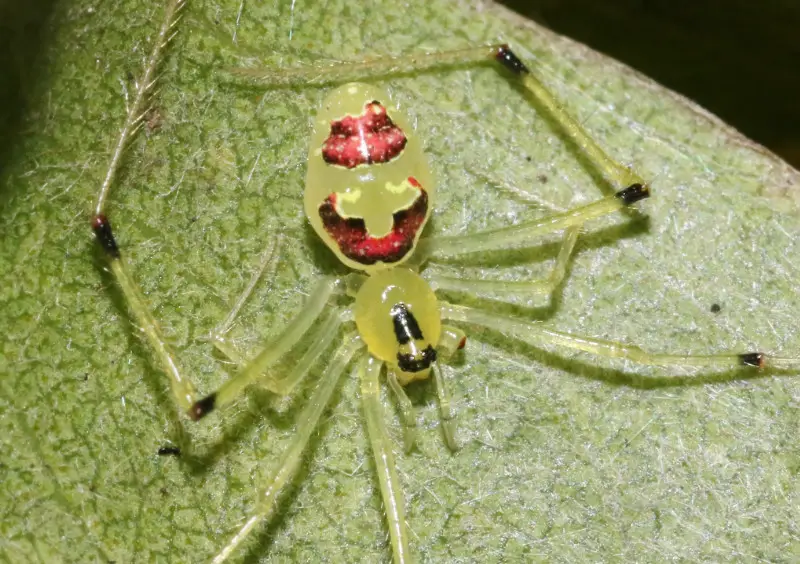
The Hawaiian Happyface Spider, scientifically known as Theridion grallator, is a distinctive inhabitant of the Hawaiian islands, featuring an abdomen pattern resembling a smiling face. These small spiders, reaching a body length of no more than 5mm, possess long legs and a yellow body. Their abdomen, translucent yellow, displays varying patterns in black, red, or white.
Found predominantly in moist environments, particularly Hawaiian forests, they seek shelter under plant leaves. The patterns on their backs differ from island to island, with some displaying vivid smiling faces on yellow bodies, while others lack such distinct markings.
Ant-Mimicking Jumping Spider
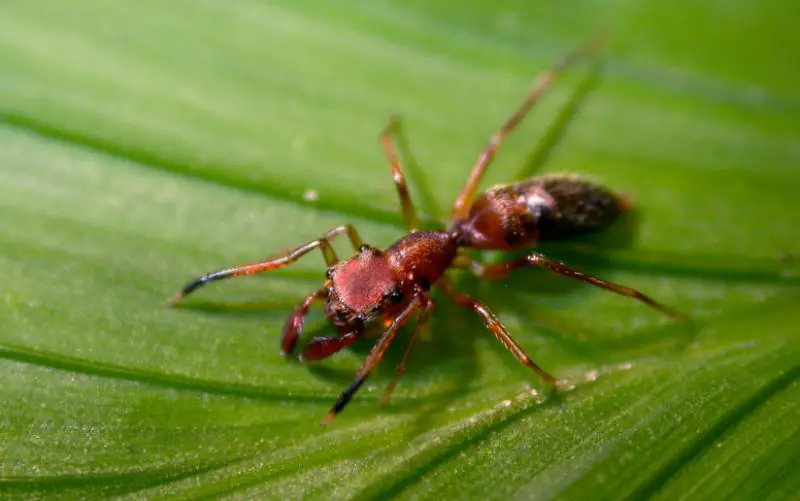
The scientific name for the ant-mimicking jumping spider is Myrmarachne nigella. It was first described in 1839, however there have been significant changes since then.
They resemble ants in appearance thanks to their lengthy chelicerae, elongated cephalothorax, and varying colors. Their cephalothorax is constricted like a waist, and their coloring, which varies from black to yellow, is modeled after the ant species they mimic.
By mimicking the movement of their front legs like antennae, these spiders further intensify their mimicry and take on an uncanny ant-like appearance.
Orchard Spiders
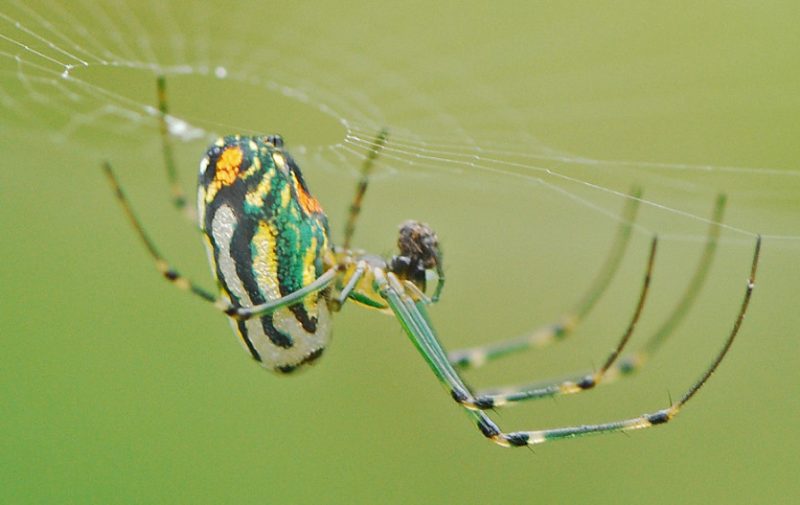
Long-jawed orbweavers, or orchard spiders, are members of the Leucauge genus and were first observed in 1841. Females can be distinguished by their legs and bodies that are yellow, black, and silver, as well as by the two rows of thin hairs on the femur of the fourth leg.
These spiders weave slanted webs, with the female waiting to entangle her victim in the center of the web, inverted. Males tend to be smaller than females, and they tend to hide when they are near females.
False Black Widow
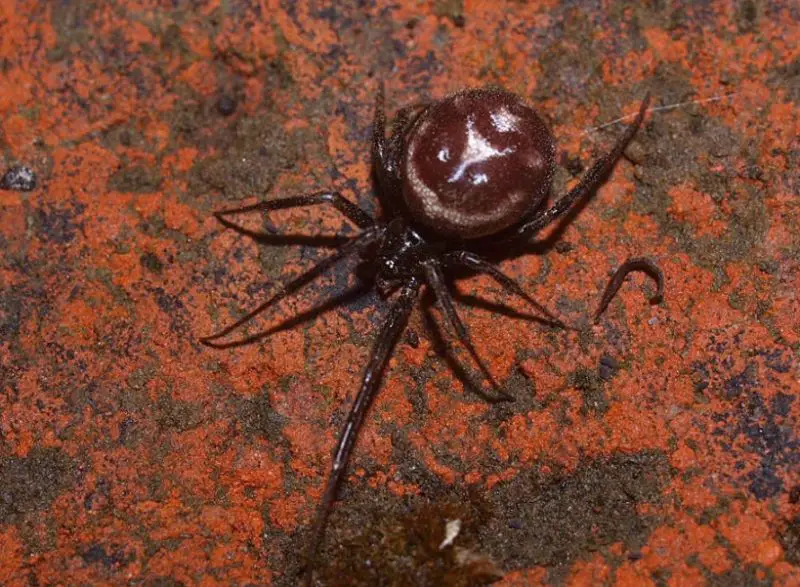
Due of its similarity to the black widow, the false Black Widow, officially known as Steatoda grossa, is sometimes known as the cupboard spider or false widow. The females are larger than the black widows, growing to a maximum length of 10.5 mm. They have a bulbous abdomen and dark colors that range from purple-brown to black, with streaks of light color.
Measuring up to 10 mm in length, males are smaller and more slender than females. They have similar coloring, but with red legs and paler tones. They create unkempt webs to entangle their victims, and because their vision is weak, they rely on vibrations to identify their prey.
Although they are not hostile to people, their protective bites can result in mild symptoms that usually go away in a few days, including as blisters, discomfort, muscular spasms, fever, and sweating.
Trashline Orbweavers
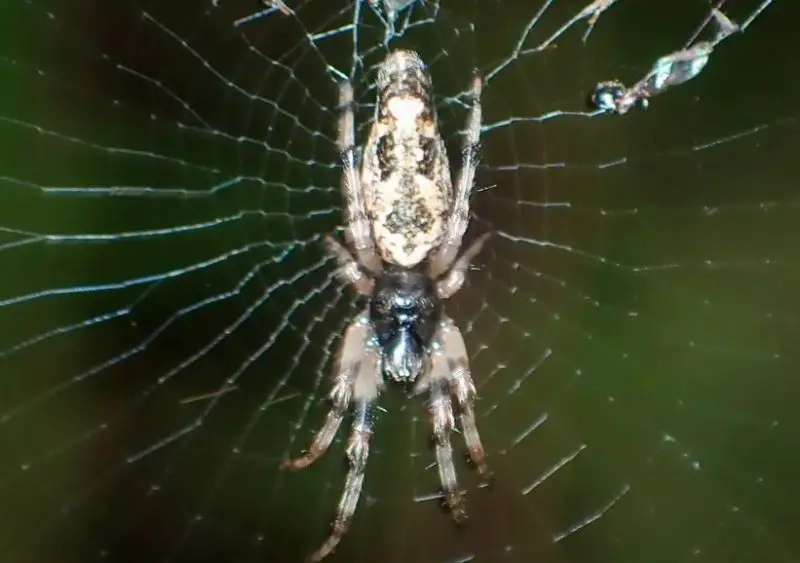
The genus Cyclosa includes trashline orbweavers, which were first reported in 1866 and are thought to be widely distributed. They hide among the rubbish, weaving tiny spheres decorated with discarded food and animal parts.
These spiders face up, in contrast to ordinary orbweavers that hang upside down. Their webs are both sticky and resting, and they use the vibrations in the web to identify their prey.
By bouncing in their webs, they adopt a special defensive strategy that confuses predators and prey by producing a hazy appearance.
Hawaiian Garden Spider
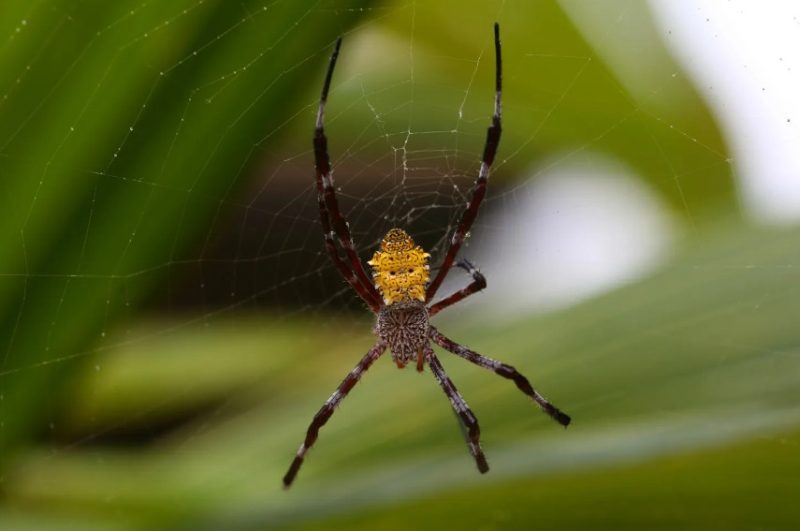
Argiope appensa, the scientific name for the Hawaiian garden spider, is a remarkable orb weaver that is found throughout the main islands of Hawaii. These arachnids can adapt to a variety of environments, including lush woods and seaside areas.
Males are smaller, measuring 0.75 inches, and have a brown complexion. Females are larger, measuring up to 2.5 inches, and have vivid black and yellow colors. They are referred to as banana spiders with affection because of the way they look.
Asian Spinybacked Orbweaver
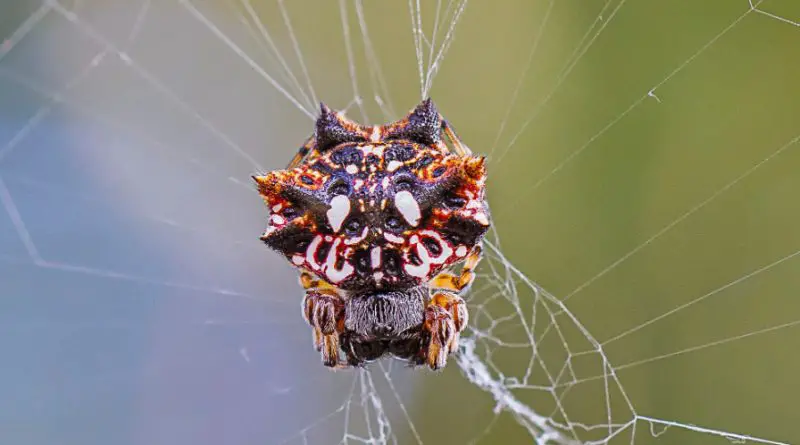
Thelacantha brevispina, scientific name for the Asian spinybacked orbweaver, is a little yet unusual spider that was first described in 1882 and first appeared in Hawaii.
The females have a body length of approximately 0.39 inches (10 mm) with six sharp-pointed spines on their abdomen, each with two white markings.
Both sexes have a remarkable mottling pattern of black, white, and brown, although the males do not have the pointed spines. They are probably less appealing as prey because of their spines, which act as a deterrent to any predators.
Pantropical Huntsman Spider
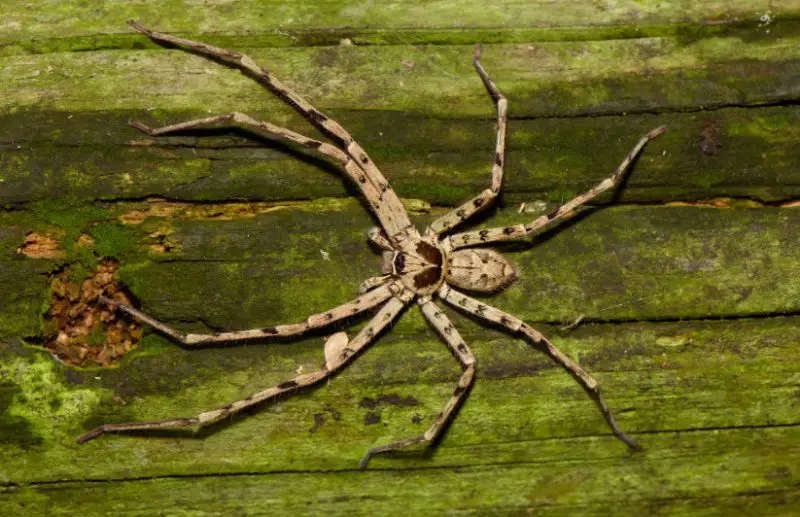
The Pantropical huntsman spider, also referred to as the giant crab spider or cane spider, bears a resemblance to the brown recluse but is distinct in its own right.
These sizable arachnids feature flattened bodies and a brown hue, measuring around an inch (2.8cm) in body length with legs extending up to 5 inches (12cm). Females boast a tan band encircling the carapace, while males sport a cream band and a dark stripe on the abdomen.
Known for their swift movements and robust jaws, they’re adept at hunting pests like cockroaches, often found prowling in homes, sheds, and barns under the cover of darkness.
Spinybacked Orbweaver
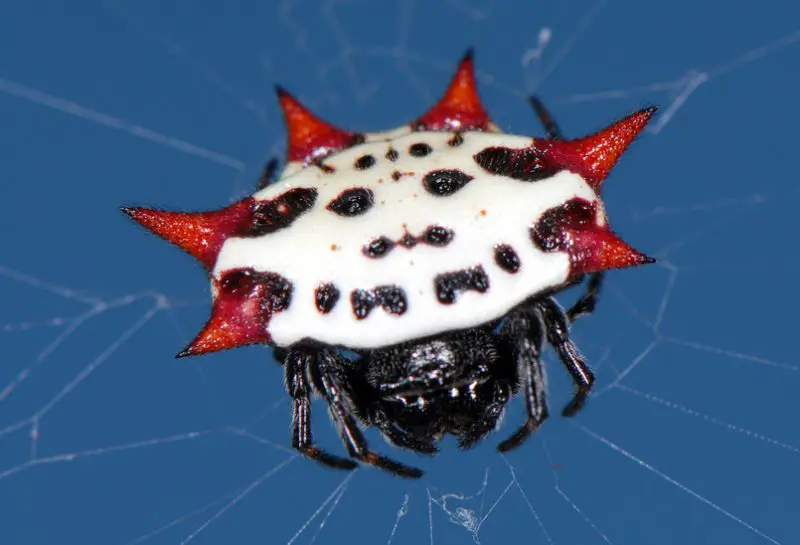
The spinybacked orbweaver, scientifically known as Gasteracantha cancriformis, is a visually striking member of the orb weaver family. Its vibrant appearance and ability to spin webs reaching up to two feet in diameter make it a notable sight.
Females feature six prominent spines on their broad, hardened abdomens, while males are smaller and lack spines, as well as the bright colors of their counterparts.
Found commonly in forests and backyard settings, these spiders pose no significant threat to humans, with their bites typically not warranting medical attention.
Gray Wall Jumping Spider
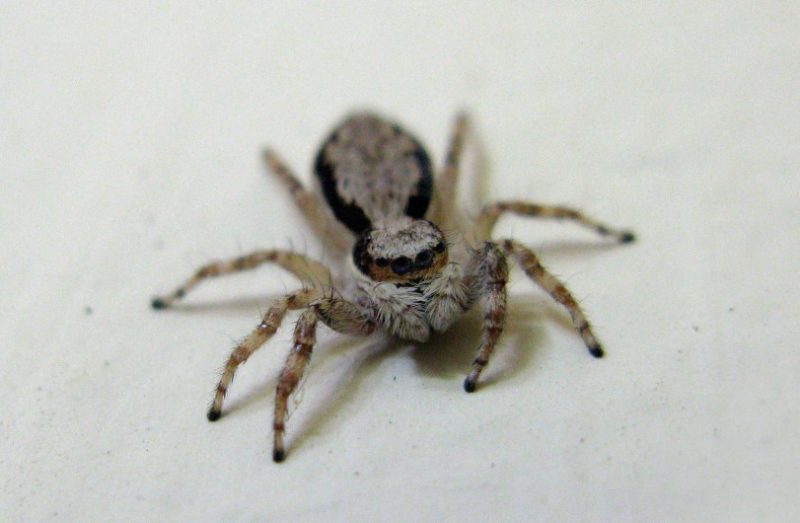
Menemerus bivittatus, the scientific name for the Gray Wall Jumping Spider, belongs to the Salticidae family and is frequently observed on tree trunks and building walls. These nimble predators, in contrast to conventional web-weaving spiders, rely on their extraordinary jumping skills and acute vision to seize prey and avoid danger.
These spiders are sexually dimorphic, with short gray to white hairs covering their bodies and characteristic dark brown tufts near their huge eyes. Compared to males, females have a bigger abdomen and carapace, measuring up to 9mm. While females have two bands with a white stripe on their carapace and a larger black stripe on their flanks, males have a dark stripe on their abdomen and a white to brown stripe. The legs of both sexes are banded.
Ninja-Star Ceiling Spider
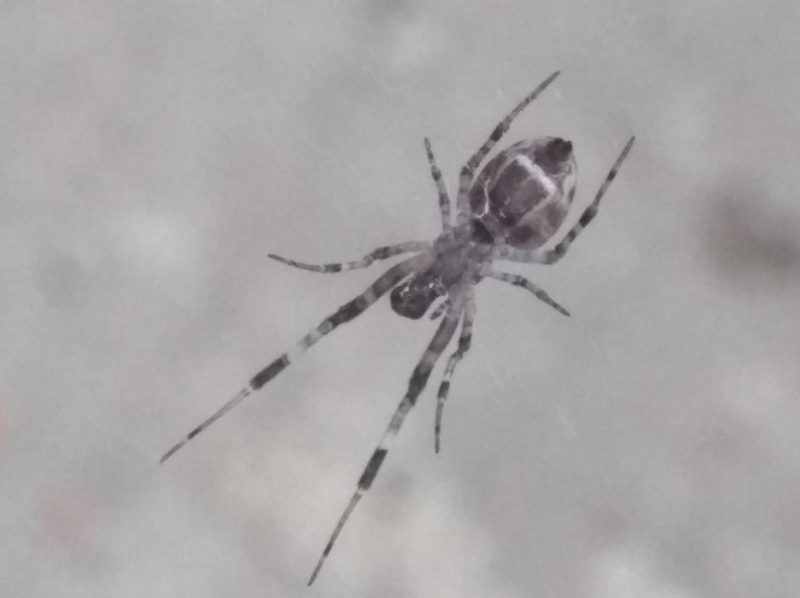
The Ninja-Star Ceiling Spider, scientifically known as Zosis geniculata, earns its nickname from the unique shape of its body resembling a ninja star, while its common names include the humped spider and grey house spider. This cosmopolitan species is commonly found in outbuildings such as barns, garages, and sheds, where it thrives in the sheltered environment. Its presence in human habitats often goes unnoticed due to its unobtrusive nature and nocturnal habits.
Tetragnatha Quasimodo
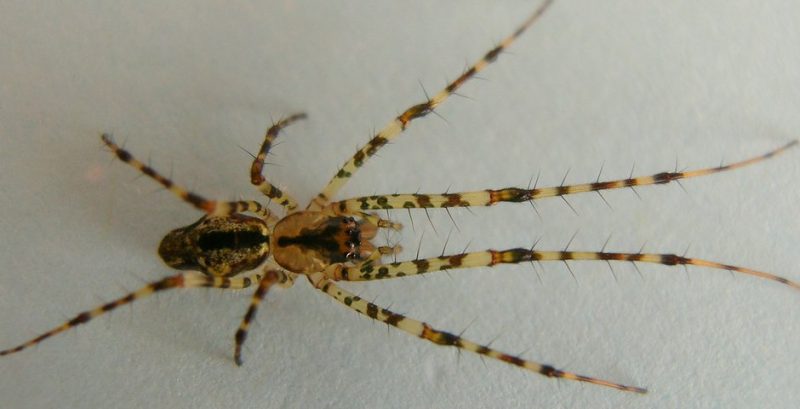
One of Hawaii’s most exquisite species of spiders is the tetragnatha quasimodo, despite the fact that little is known about them. They feature a brown cephalothorax with black and brown banding on the legs, and a long, black abdomen on a light brown body.
Long-Bodied Cellar Spider
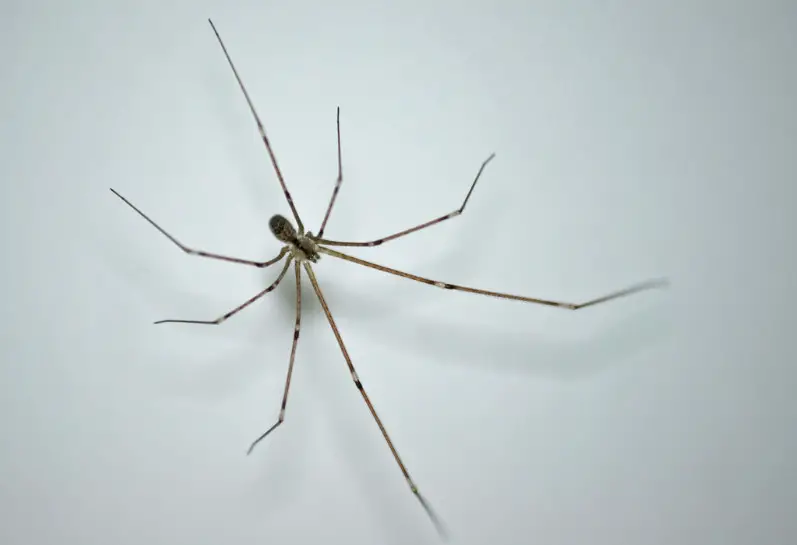
Other names for the Long-Bodied Cellar Spider are skull spider and daddy long-legs spider. Its scientific name is Pholcus phalangioides. It is similar to Daddy Long Legs in that it has a tapering waist, spindly legs, and an extended and tubular abdomen.
These spiders dangle upside-down, waiting to trap their prey, and use the bouncing motion in their webs to confuse predators. With poor eyesight, they rely on web vibrations to detect potential meals. They are unable to injure people with their bites because of their small mouthparts and short fangs.
Striped Lynx Spider
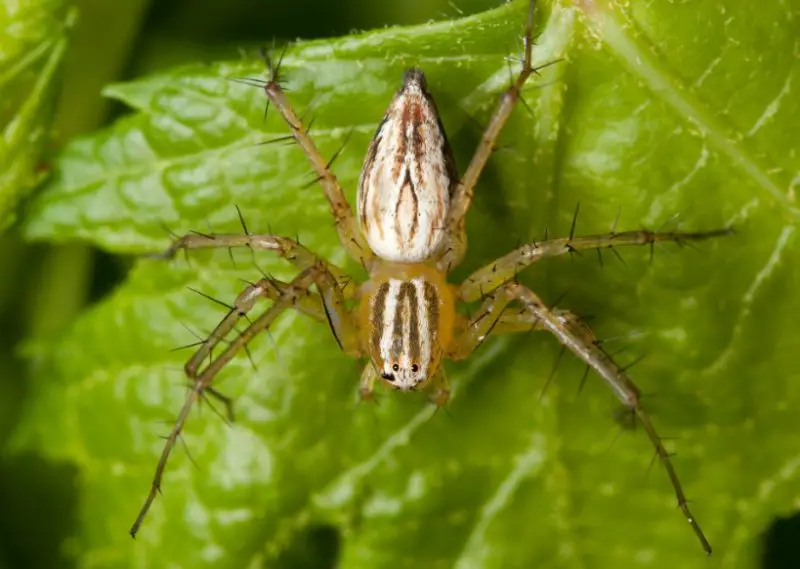
Oxyopes salticus, the scientific name for the Striped Lynx Spider, was first reported in 1845 and is typically found in grassy meadows, weedy fields, and green plants.
Adults are orange, cream, and brown in color; females have stripes on their carapaces and abdomens, which are most noticeable on the abdomen. They also have a unique heart mark in the form of a diamond. Females can grow up to 6 mm in length, while males can only reach 5 mm. Females are larger than males. On Hawaii’s Big Island, their abundance is particularly noticeable.
Western Spotted Orbweaver
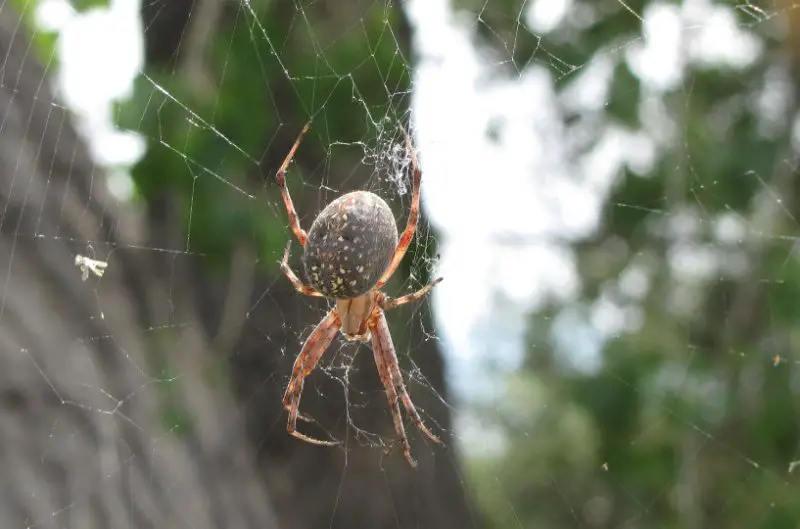
The Western Spotted Orbweaver, scientifically identified as Neoscona oaxacensis, is a member of the Araneidae family, characterized by its large size. Females reach up to 0.7 inches (18mm) in body length, while males are smaller, measuring around 0.25 inches (6mm).
Sporting a black-and-white coloration on their slender abdomen, they feature a distinctive light central band with a wavy border. Like other orbweavers, they construct sizable circular webs, spanning up to two feet in diameter, where they hang upside down, awaiting prey entanglement.
Lami Beach Northern Jumping Spider
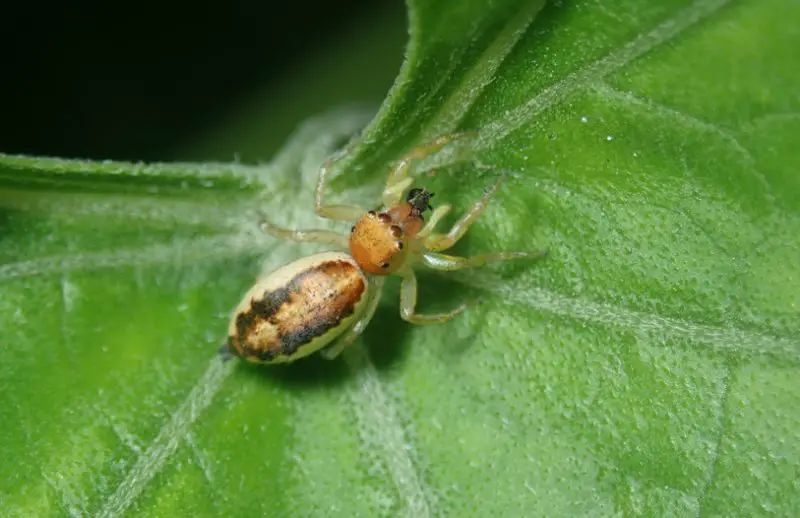
Scientifically known as Cosmophasis lami, the Lami Beach Northern Jumping Spider was first observed in 1997. Males are somewhat smaller at about 4.5mm, but females, which are more colorful than males, can reach 5.5mm.
Males have an orange to red headspace, while females have an orange to gold stripe on a cream abdomen. To help with identification, their eyes are organized in four pairs of two.
Yellow Garden Spider
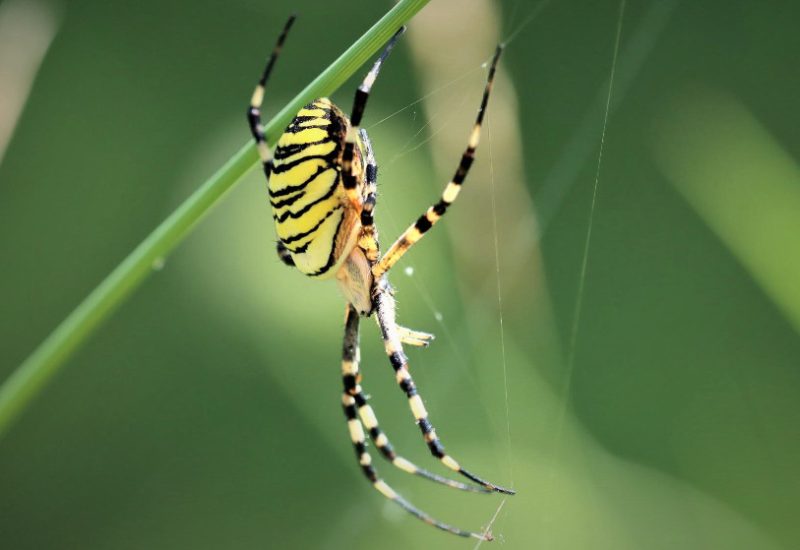
The yellow garden spider, scientifically known as Argiope aurantia, boasts various common names such as black and yellow garden spider, golden garden spider, and writing spider. Legend has it that if their web is disturbed, they inscribe the intruder’s name upon repair. These non-poisonous beauties contribute positively to garden ecosystems, spinning large, circular webs to ensnare a variety of insects.
While generally non-aggressive, their bite, akin to a bee sting, may provoke swelling and redness, particularly affecting the elderly, children, and immunocompromised individuals.
Common House Spider
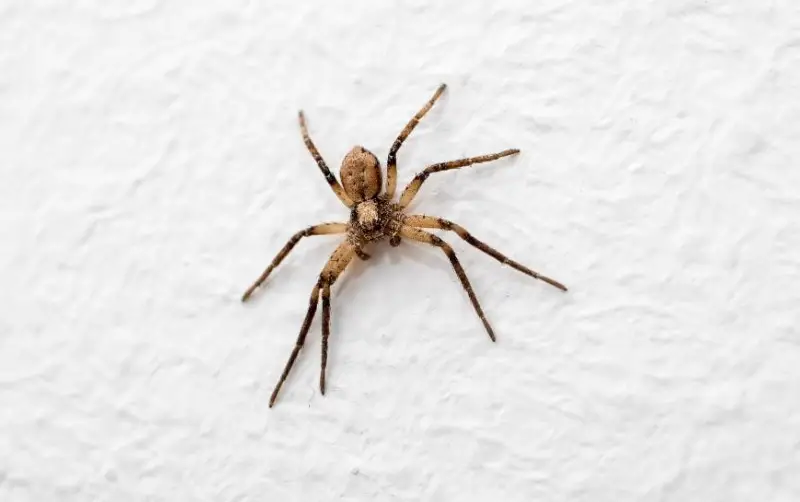
Parasteatoda tepidariorum, the scientific name for the common house spider, is also referred to as the American house spider. Known for making the iconic cobwebs that are frequently seen in Halloween decorations and scary films, they are frequently found around or close to human habitations.
These spiders use their webs to trap their prey and then use vibration detection to venomously paralyze the victim. Their color varies in shade patterns, ranging from black to tan.
Although the females grow larger than the males, neither is very dangerous; bites usually cause localized discomfort and swelling that goes away in a day or two.
Pantropical Jumping Spider
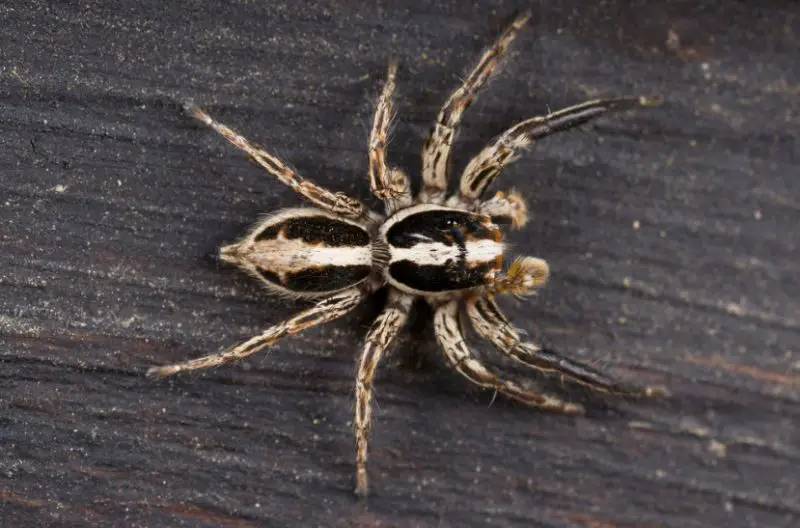
The Pantropical jumping spider, scientifically termed Plexippus paykulli, originates from Southeast Asia but has been introduced to Hawaii. Typically found in or around buildings, they utilize light sources to capture prey attracted to illumination.
Robust and agile, they can leap over four times their body length, aiding in both hunting and evading predators. Males sport red accents and distinctive black and white markings, while females are larger with brown to gray coloring and chevron patterns on the abdomen. Juveniles resemble females in appearance.
Pale Daddy Longlegs Spider
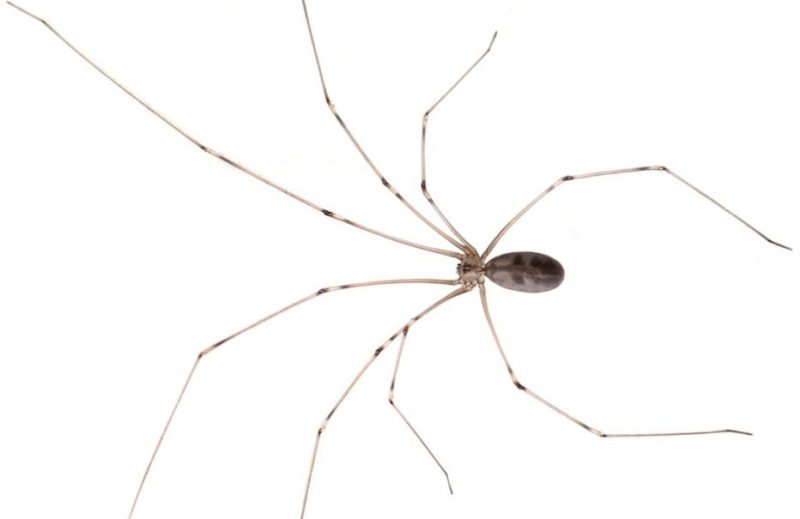
The Pale Daddy Longlegs Spider, scientifically known as Smeringopus pallidus, is recognized by its elongated, cylindrical abdomen adorned with purple spots. Typically, females exceed males in size, reaching about 7mm in length. They lack leg spines and feature a dark stripe on the sternum.
These spiders construct irregular cobwebs in dim household corners to trap small insects and spiders. When disturbed, they vigorously vibrate their webs, confusing potential predators while hanging upside down.
Messua Felix
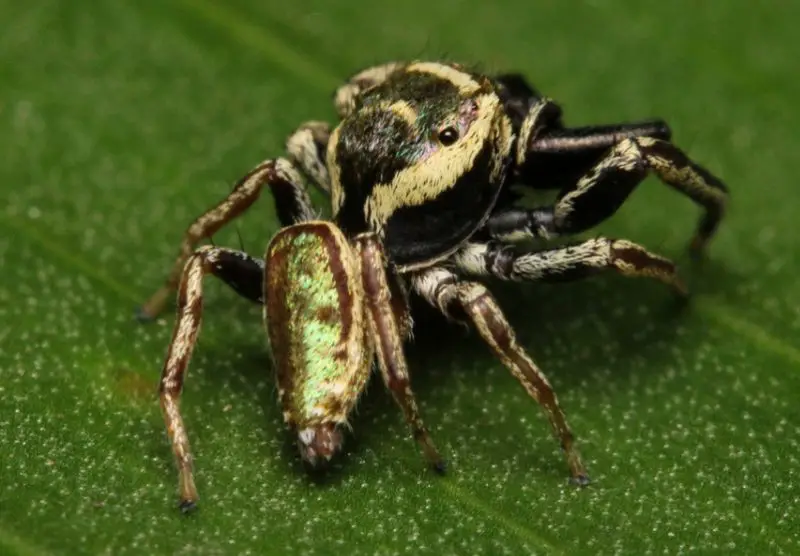
The Messua genus includes the jumping spider Messua felix, which was first reported in 1901. They are well known for their amazing jumping prowess and their ability to quickly surprise and outwit predators.
They bite their way into prey and then withdraw to their webbed haven to feed in safety and seclusion. Although they rarely pose a threat, their bites can cause pain, regional swelling, and redness.
Hogna Hawaiiensis
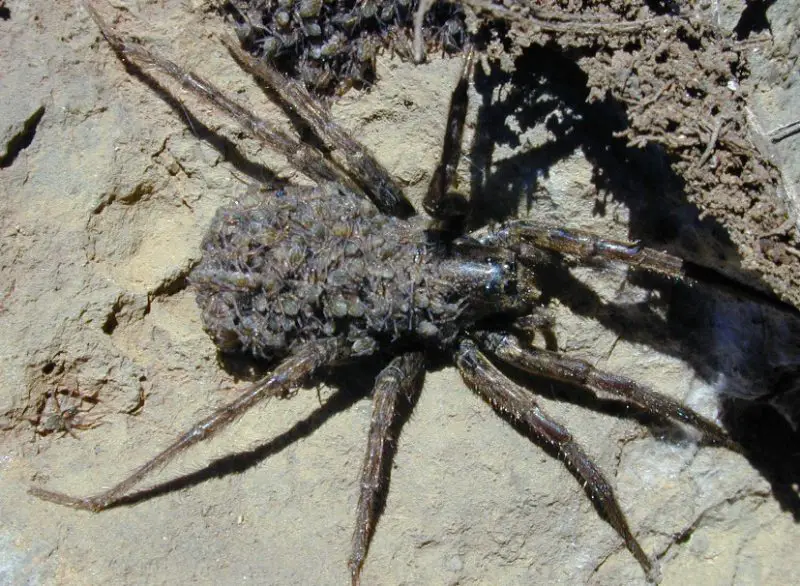
Hogna hawaiiensis, a wolf spider, excels as a swift ambush predator. Large in size, ranging from 0.87 to 4.7 inches (2.2cm to 12cm) with females larger than males, they feature brown coloring with distinct body patterns and elongated legs.
Female Hogna hawaiiensis display remarkable parental care, encasing their oval eggs in a webbed sac until hatching. Spiderlings remain with the mother post-hatching, clinging to her body and legs until independence. While their bites induce mild to moderate pain, swelling, and redness, they are not fatal.
Ariamnes Waikula
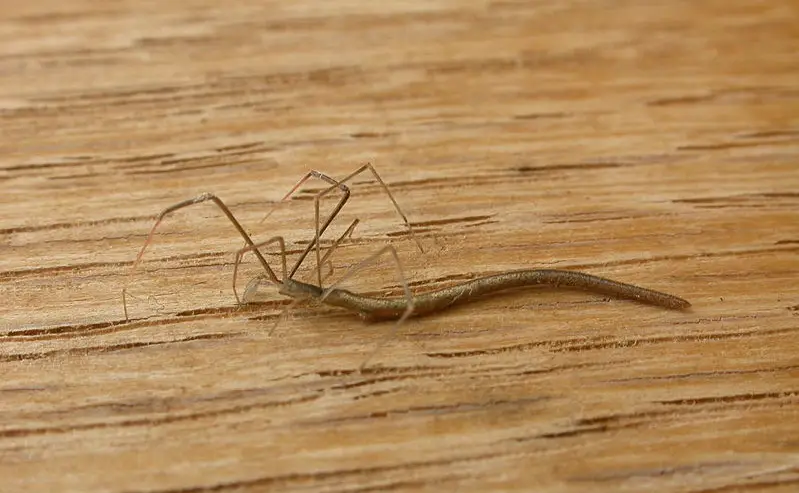
The Hawaiian native Ariamnes Waikula grows well in humid forest conditions at elevations of up to 3,500 feet. Known by their golden abdomens, these spiders—which were originally observed in 2007—are also known as tangle web spiders. They are well known for their complex, sticky webs that easily ensnare victims.
Brown Widow
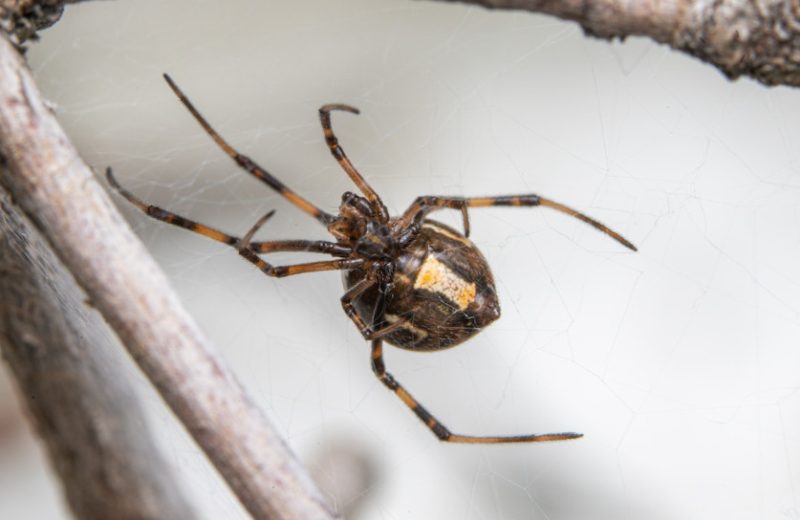
Brown button spider, grey widow, and house button spider are some of the common names for the brown widow, or Latrodectus geometricus, as it is named scientifically. This spider bears a striking resemblance to its notorious relative, the black widow, with black and white stripes on the sides of its abdomen and an orange to yellow hourglass marking on its belly.
Their bites cause excruciating agony because of neurotoxic venom, but other than that, they are usually not regarded as harmful because the symptoms are usually limited to the bite site. They are lighter and smaller than black widows, and they have tan to brown colors with a pattern on the back of the abdomen and leg banding.
Tetragnatha Hawaiensis

With 37 known species, the long-jawed spider Tetragnatha Hawaiensis has experienced considerable diversification in Hawaii. Being a hunter on the move, it uses its web mostly as a cover, providing food and cover from the sun.
Although this species of spider is common in Hawaii, very little information about it has been reported. However, given the unique habitat of the archipelago, Tetragnatha Hawaiensis is an intriguing subject for additional research because of its distinctively large jaws and hunting habits.





